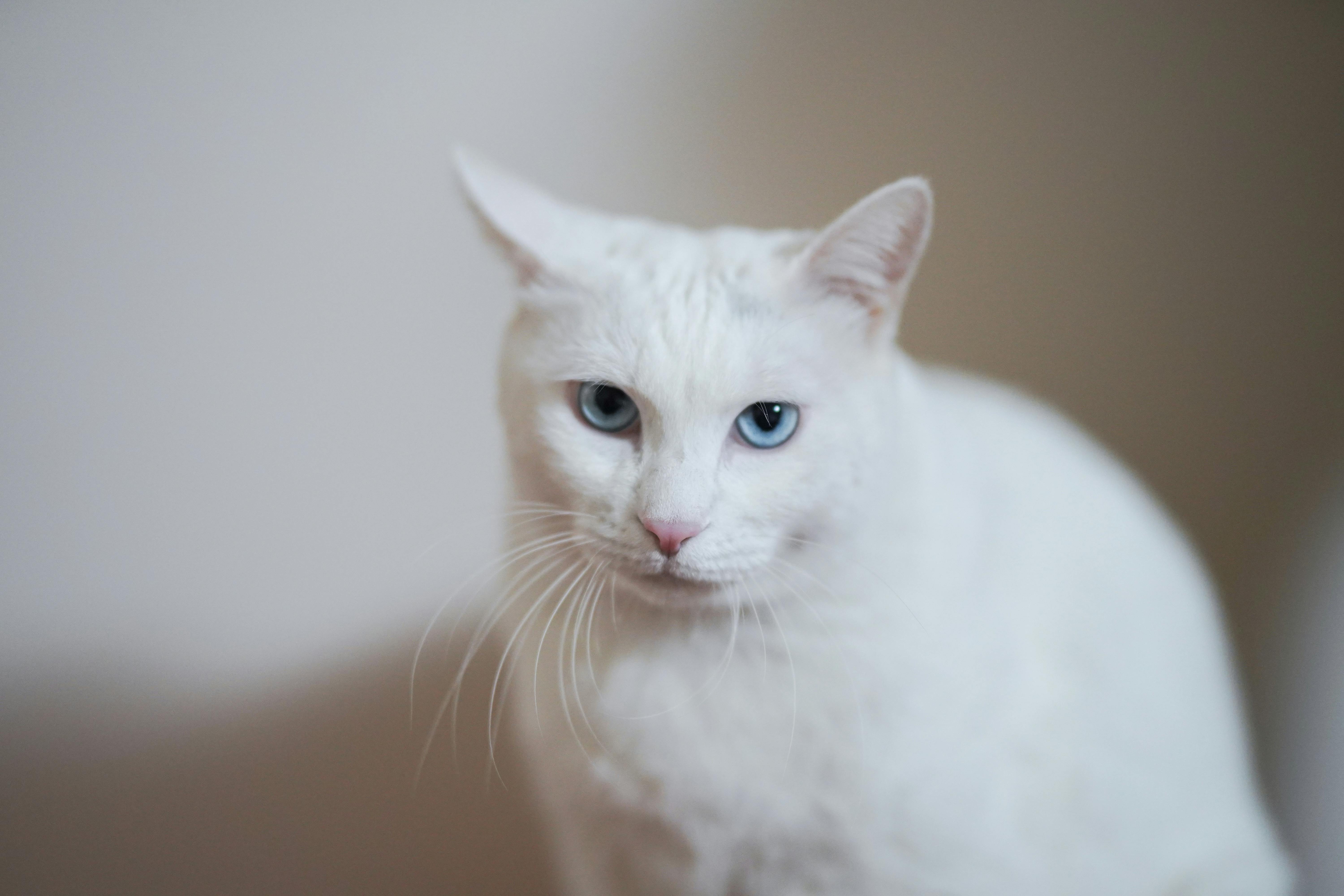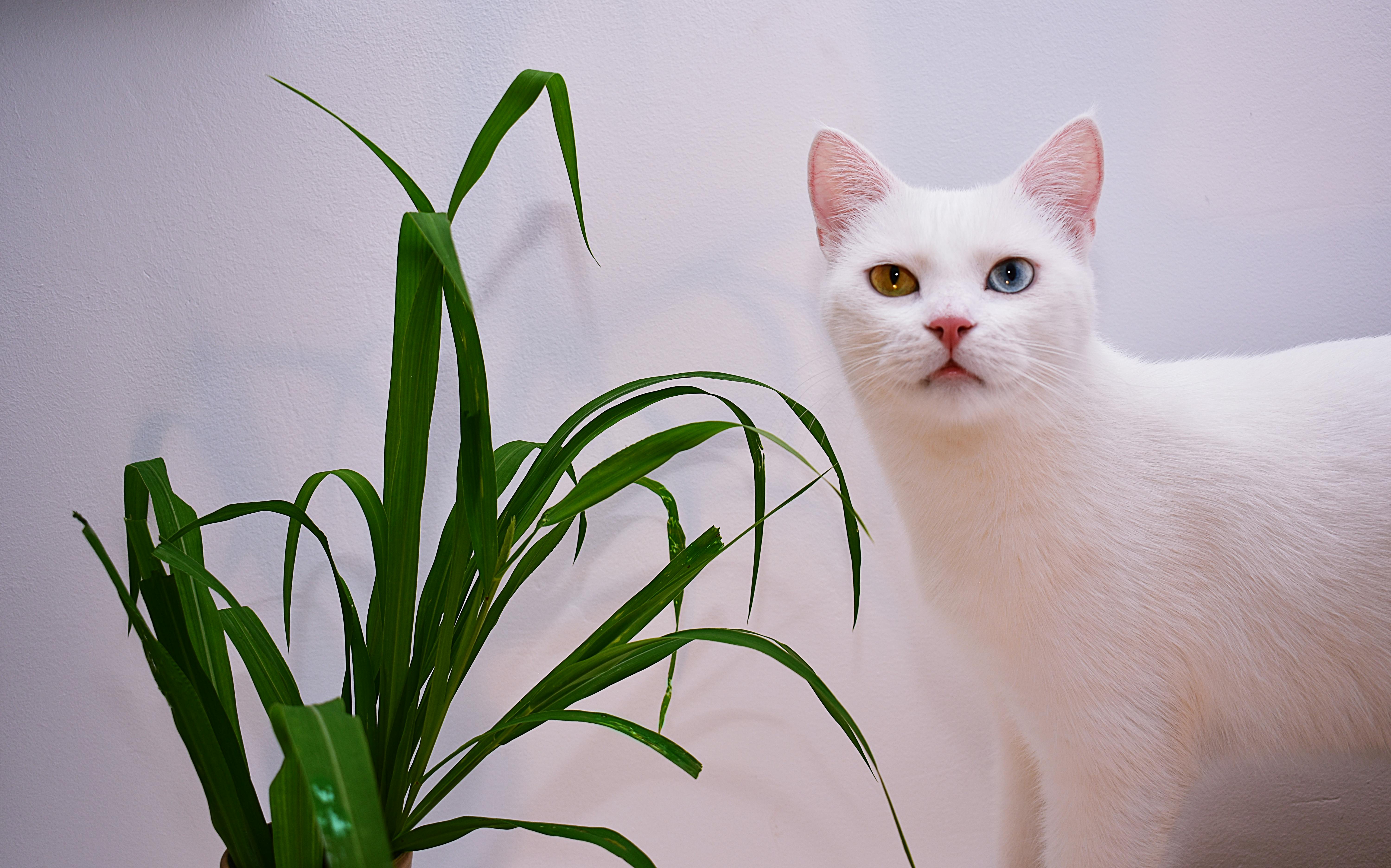
Tips for creating royalty-free images for sale
As most photographers already know, selling your work has never been easier with the multitude of online microstock agencies eager to render their images. Things were a breeze and sales were plentiful for any contributor during the early years (2002-2007), as the market was still in its infancy and agencies were in a rush to fill their files. Unfortunately, things have changed and it’s no longer as easy as uploading random snapshots from your hard drive – the competition among contributors is proud. There are some incredibly talented photographers and artists vying for the same pool of buyers, and anyone with any hope of success climbing up to the top microstock agencies today needs to have a head start, something that makes their work stand out from the crowd. tens of millions. from other images that are already online.
There are some very important things to keep in mind when developing your royalty-free portfolio. Here are some of them:
1). Be unique. Create a style or personality that makes people remember you and your portfolio.
two). Quality over quantity. It used to be that the contributor who had the most images at each agency sold the most – it was a numbers game. Quality didn’t matter when the microstock business was in its infancy as there were so few images to choose from and buyers were happy to get what they could get. Now that the business has matured and the big agencies have collections running into the tens of millions, flooding your portfolio with large amounts of mediocre images no longer works. There are a lot of really good images online, and mediocre images (no matter how many) just don’t get the attention they used to get anymore. Your sales will improve if you upload limited amounts of your best work, guaranteed.
3). Forget common themes, they are no longer sold. Cats, dogs, sunsets, isolated objects … all have been beaten to death. Look up any of these themes at any major microstock agency, and you will be inundated with page after page after page of images that all look the same. Does anyone really think that their image of an isolated tomato is going to stand out from the other 10,000 isolated tomatoes already online? Veteran contributors have realized this and have long since left these common themes behind. You also should.
4). Sell concepts. Think of phrases and metaphors in your daily life and create images based on them. There is still a large gap in these types of images in most microstock agencies, compared to the large number of standard object images already online. A creative concept image will always outsell a standard flower or food plate image. The best part: the concepts can be based on current events, so fresh images are always needed in this category.
5). Pictures of people are always popular. Face it … pictures of people have always been the most popular, and they always will be. The interesting thing about images with people in them is that there is (and always will be) a need for fresh images: clothes and hairstyles change frequently, and photos from a few years ago are already going out of style. This is the only theme that will be strong in the years to come.
6). Bright colors will make your images stand out from the crowd. Not that it’s appropriate for every type of photo or illustration, but one thing you can do to boost your traffic is create images with vivid colors and high contrast. This helps your images stand out from the rest when a buyer is looking at a page of more than 80 images on a particular topic.
7). Leave room for typography. Most likely, buyers of your images will extensively modify them and add text and captions on top of them to complete their design. Leaving a lot of open space on the right or left side of the main theme will be very attractive to buyers who need to add more elements to the image, since you have already done much of the work for them. Make sure the open space you leave is very simple and clean, as it is generally more difficult to add typography over complex (busy) backgrounds.
Bottom line, don’t be stubborn – the types of images being sold today may be out of demand tomorrow, and just because you’ve been successful in the past doesn’t automatically guarantee future success. The online microstock business is alive and organic. And like any living being, it matures and evolves over time. Staying ahead of (or at least in line with) this evolution will ensure that you can continue to benefit from this business for many years to come.

